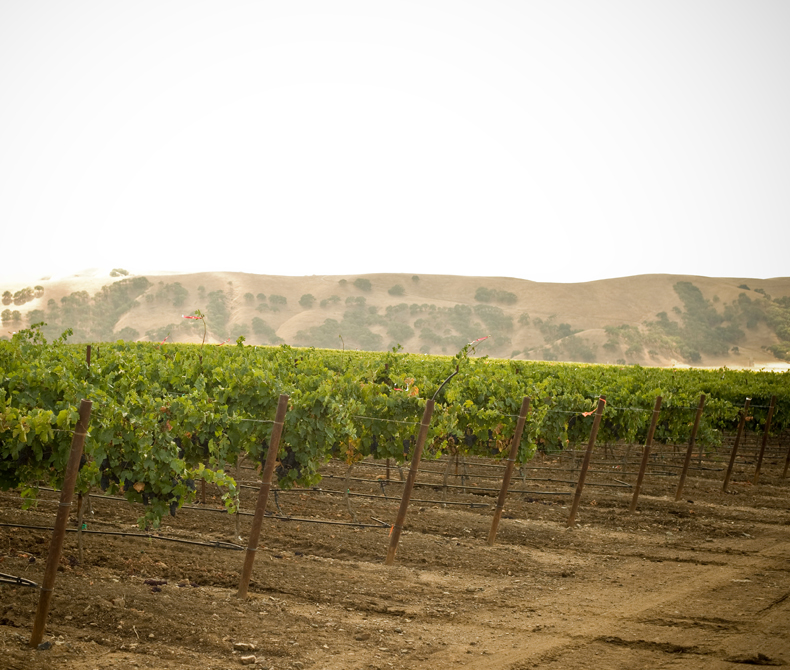Wine and Terroir

Born among beans and potatoes, it would be many years before I made the connection between wine and terroir. Idaho liquor stores didn’t have much of a selection of wine, and what they did have were usually in gallon jugs. The local store occasionally had a few bottles of Lancers, Boone’s Farm (this may have actually been made with apples!), and Annie Green Springs, all scattered among the bottles of Mad Dog.
My first encounter with “real” wine was through my cousins, who had moved to Napa, California, but still came up to Idaho to help my Aunt with the harvest. It was a bottle of 1968 Inglenook Cabernet Sauvignon from the Napa Valley. I don’t recall tasting the wine, but I do remember how exotic the packaging was, with a fancy label showing a large estate, creating a romantic notion of Napa Valley that I feel to this day.
That terroir can have a pronounced affect on the flavor of a wine was a lesson I learned only after having moved to California. It was early afternoon during a tasting at Heitz winery that I tasted, side by side, Cabernet Sauvignons from the Bella Oaks and Martha’s Vineyards. According to Joe Heitz, both wines had been made using the same methods and barrels. Yet, the Martha’s Vineyard had a noticeable aroma of mint, while the Bella Oaks did not. I was hooked, and have been pursuing terroir, that voice that speaks of the land, ever since.


